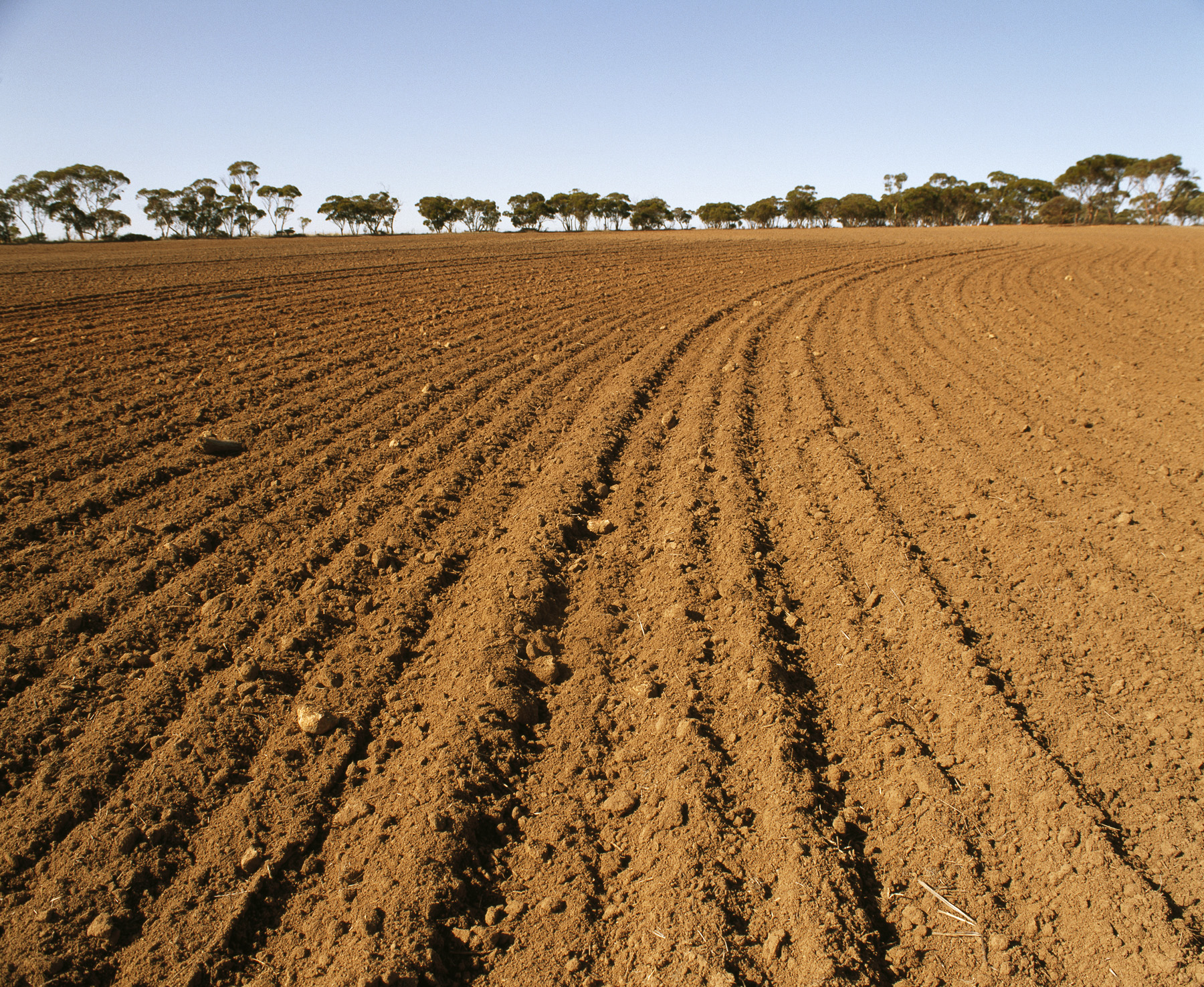Exodus 23:10-11
10 “For six years you are to sow your fields and harvest the crops, 11 but during the seventh year let the land lie unplowed and unused.“
The first time I heard this verse was the first time I heard about letting a field lie fallow. I was a kid, and I thought the land was just tired. I didn’t quite understand then. Here’s what I’ve learned since then.
Why do farmers let fields lie fallow?
It’s not just a bible commandment. It’s a common understanding that plants take nutrients from the soil. Some take more than others, and some even give nutrients back. But overall, they still deplete nutrients from the soil. The purpose of letting a field lie fallow for a season is to allow time for the nutrients to come back. However, the nutrients don’t just appear magically after a year. So where do they come from?
There are micro-organisms in the soil (a whole ecosystem, actually) which make nutrients available for plants to use. They are the secret behind replenishing the nutrients in the soil, and they must be present in order to produce healthy plants. Unfortunately, we’re doing more to kill these creatures than to help them – to our own detriment.
Here are a few ways to make sure these guys are NOT present in your soil (or won’t be for long):
- Plow. Those blades are slicing and dicing the beneficial fungi and tiny predators that help to harvest nutrients from rocks and minerals and make them available to plants. The heavy machinery will also squash the organisms and compact the soil.
- Leave your soil exposed. This is a quick way to lose any and all moisture in your soil to the sun and wind. Organisms need water to survive.
- Use salt based fertilizers. This is also a great way to dry out the organisms in the soil.
Letting the land lie fallow is a great first step toward replenishing the nutrients in the soil. However, at the rate at which we grow crops today, the practices, equipment, and chemicals we use, it’s going to take a lot more than leaving the land alone to bring back the life.
Here are a couple of tips that will help keep the soil’s organisms alive to make nutrients available:
- Use cover crops. Cover the soil, protect it from sun, wind, and erosion. That means they’ll also help to retain moisture and keep the surface of the soil cool. Cover crops can also be tilled into the soil so that the micro-organisms can get to it. (They need to eat, too!)
- Stop using salt based fertilizers. They’re basically poison. They dump huge amounts of particular minerals and nutrients onto the plant. Only a small portion of the dose is actually used by the plant, leaving the rest to dry out the soil and kill the organisms, and then get washed into streams and rivers. It’s counter-productive in the long run, and it’s wasteful.
Letting the land lie fallow and rest is a great step toward replenishing the nutrients in the soil. But in our age, it’s not enough. In its current damaged state, it could take hundreds or thousands of years for the earth to recover on its own. That’s why it’s up to us as the human race to help it along and accelerate the process of restoring life.

Leave a Reply